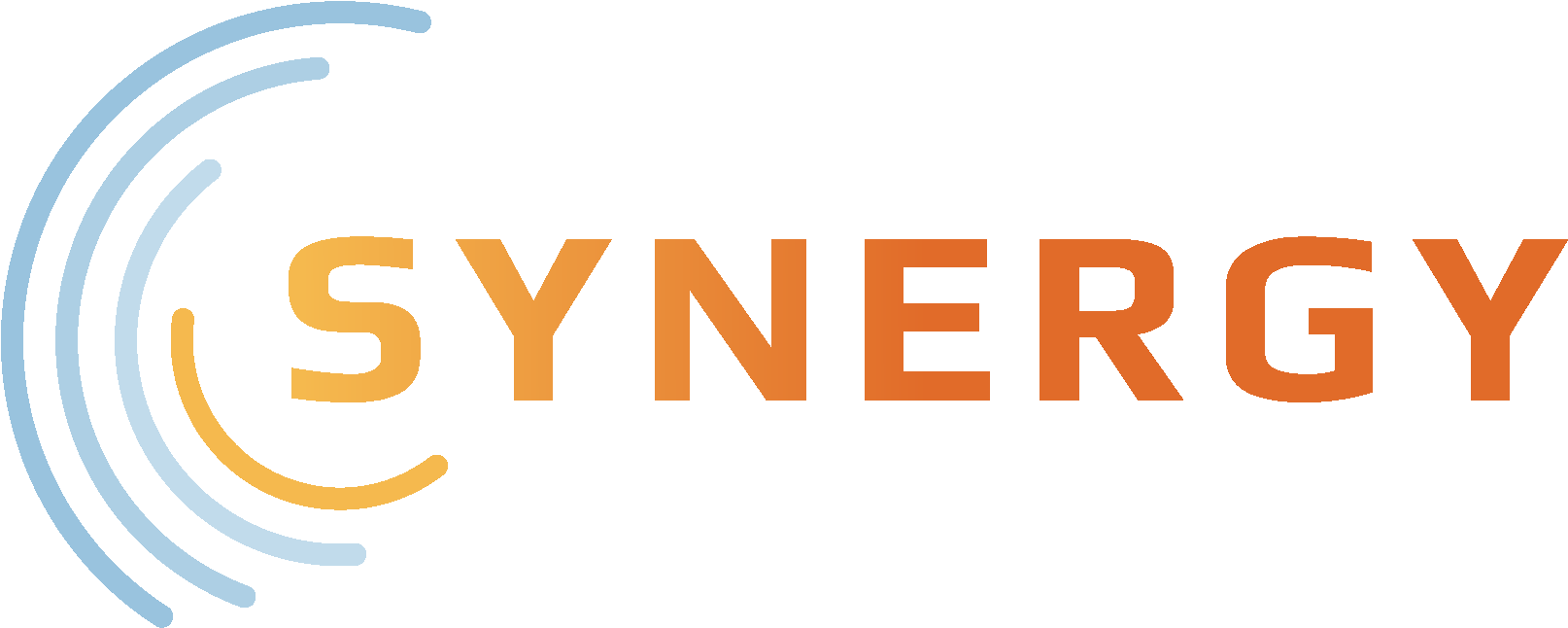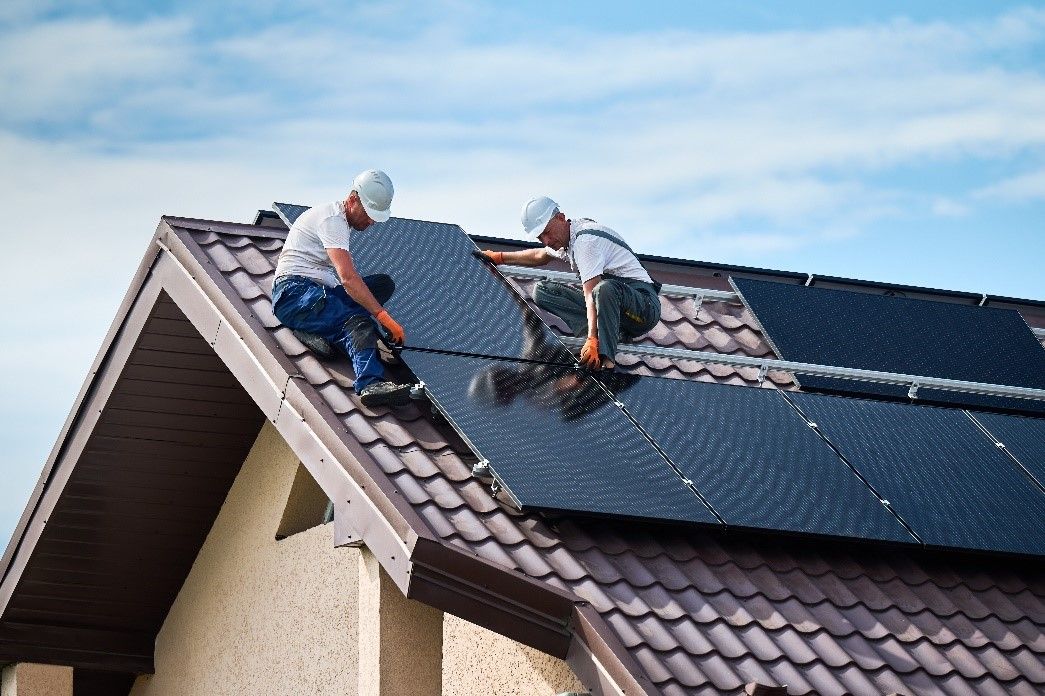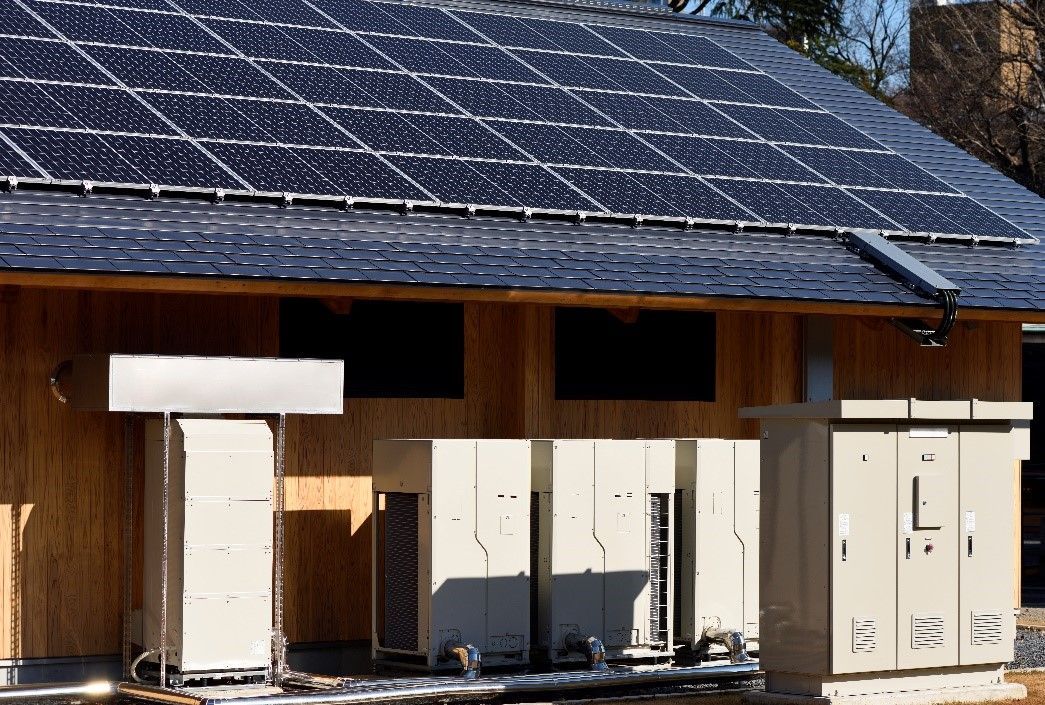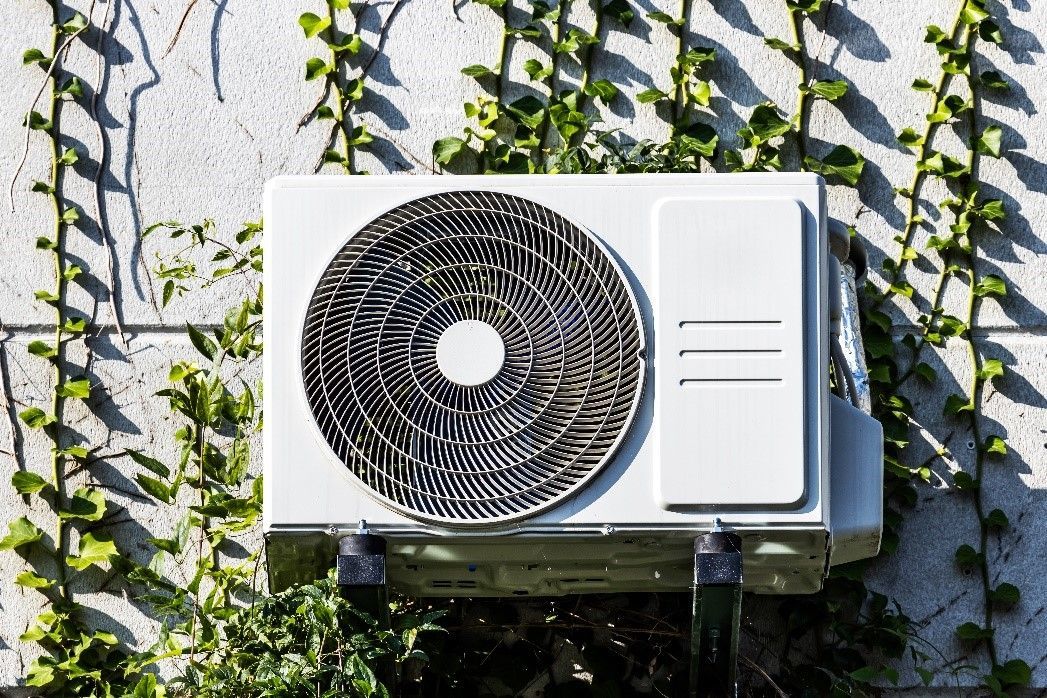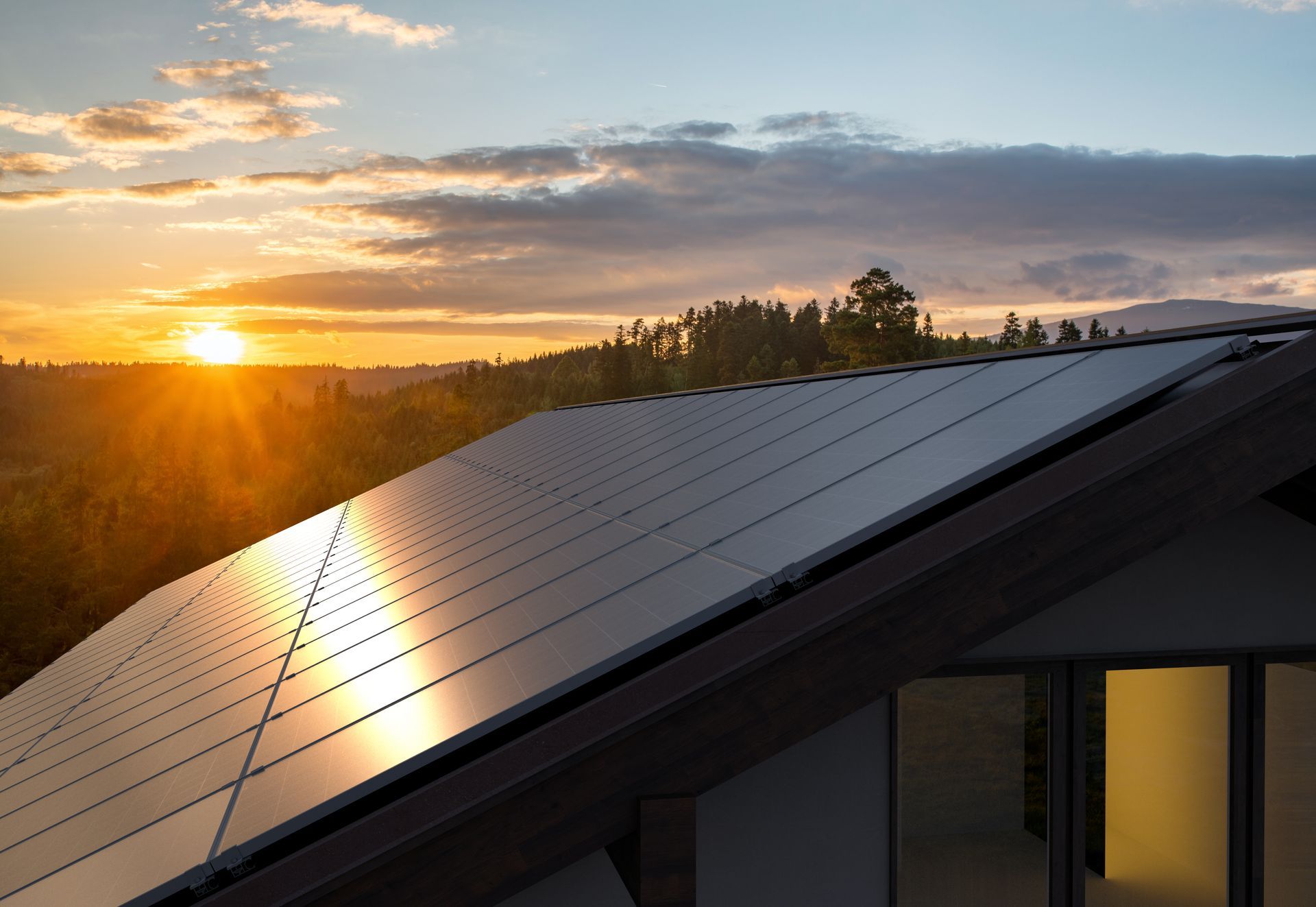Comparing Heat Pumps vs. Furnaces: Which Should You Choose?
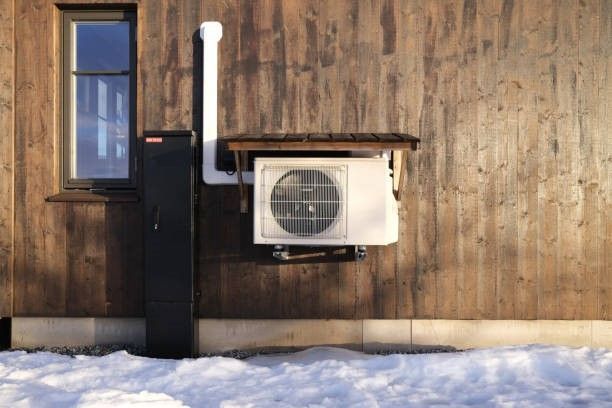
Getting the right heating system matters for long-term comfort and safety at home, and homeowners often have trouble picking between heat pumps and furnaces. To help you decide, let’s examine how they keep your home warm through the seasons and their pros and cons.
How Do They Work?
Furnaces are the most popular heating appliances among homeowners. Many models burn fuel like propane, gas, and oil, or use electrical resistance coils to deliver heat. Afterward, their fans blow the warm air through ductwork, distributing heat across the house.
On the other hand, heat pumps are essentially heating and cooling systems in one. They are electrically powered and regulate temperatures by moving heat from one place to another. In summer, they cool homes by pushing out hot air from indoor spaces. Come winter, they reverse the process and warm homes using heat from the ground or outdoor air.
Efficiency Comparison
The local climate matters when assessing their performance. Heat pumps don't require much energy to function, since they redirect indoor-outdoor heat and don’t consume much energy. They are ideal for areas with moderate temperatures and tend to work harder in cold climates since there is less heat to extract.
Although some heat pumps can operate under freezing temperatures, they can’t beat furnaces when heating homes in cold climates. They excel in such environments because they can produce generous amounts of hot air regardless of the temperature outside. However, it's crucial to note that they consume considerable energy to operate.
Comfort Levels
Many homeowners find heat pumps attractive, especially during summer. Because of their dual functionality, they effortlessly produce hot and cold air, no matter the season. Moreover, they can maintain steady indoor temperatures without significant temperature shifts.
Conversely, furnaces create high heat that quickly warms indoor spaces, making them indispensable in chilly weather. However, they need properly installed and well-balanced ductwork to distribute hot air evenly and keep temperatures consistent inside homes.
Cost Factors
Furnaces have low installation and maintenance costs, which is appealing to low-budget homeowners. However, they must be replaced every 10 to 15 years, adding to long-term expenses. Also, you’d have to get a separate cooling system if you reside in a warm-climate area, as furnaces only offer heat.
In contrast, heat pumps have higher upfront costs, especially those requiring excavation to install. They also need recurring inspection and maintenance to ensure they work seamlessly. The good news is that they last 15 to 20 years and have significantly lower operational costs, extending the time frame between replacements and increasing savings in the long run.
Find the Right Heating System Today
Numerous factors must be considered when choosing between heat pumps and furnaces, from local temperatures and energy consumption to affordability. Contact Synergy for more information and expert recommendations. We’re here to answer your questions and help you choose a heating, cooling, or energy system that best suits your home.
Questions? Contact Us
Have questions or need a quote? The Synergy team is here to help—reach out today and let’s get started!
- or -
Call our Specialists
(860) 222-0958

